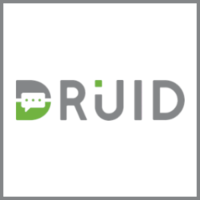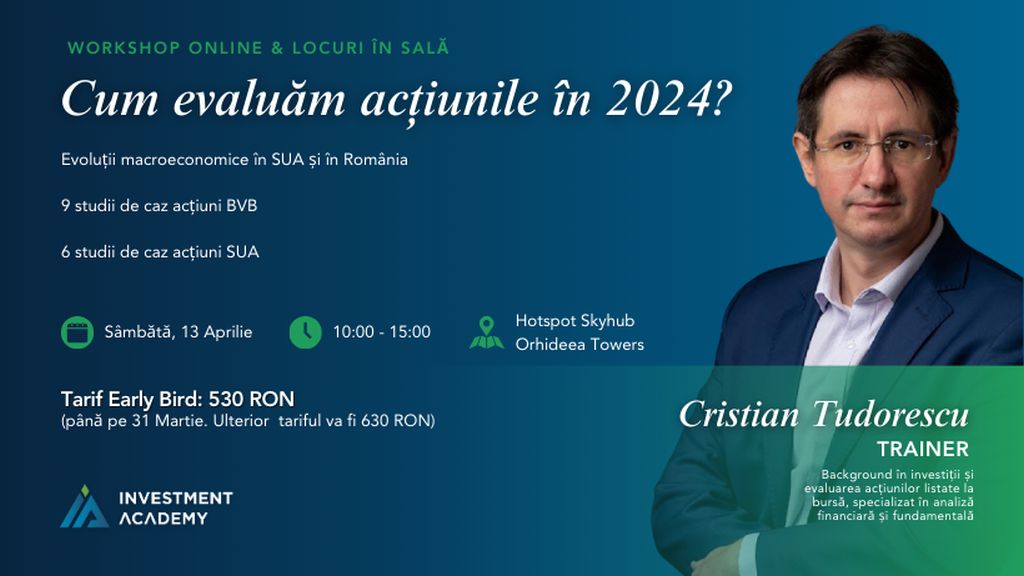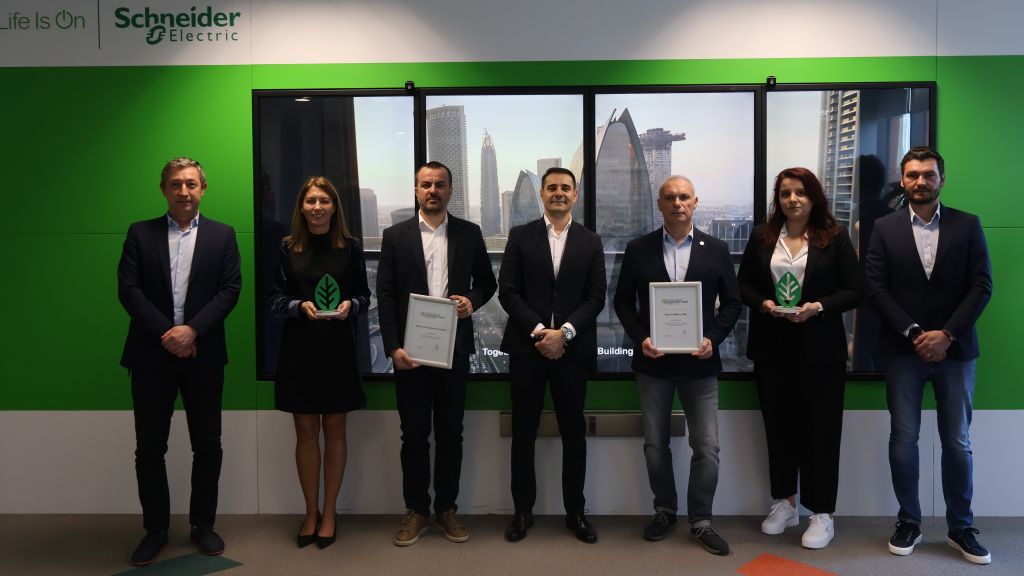Q: First of all, why chatbots? How do they act as an intelligent assistant?
Dragos Metea: There are multiple answers here. Firstly, because we are living in times when we see new consumer norms. Online chat has become the preferred communication channel for millennials contacting businesses. Studies have shown that Generation Y is the first generation to favour online chat and social media over picking up the phone, as a means to contact a business. I have experienced this myself while talking to my teenage daughter.
Secondly, this reality has stemmed from the need of self-service in different business areas. Either internally, within your company, or from merely planning your vacation, to rapidly understanding the sales dynamics or the current track that your team pursues. Similarly, we have all seen low quality service or long waiting calls when booking certain services (medical, travel services etc.)
I believe we would all like to have an assistant in charge of required repetitive activities or of helping us find information in a simple and rapid way. We would, additionally, want such an assistant to learn by doing the task we ask them to do. In tune with this, Druid is intelligent as it comes with 200+ skills from day one, can connect with as many systems as you have in your organization, and, due to its analytical skills, can learn to identify which skills are most often used, which skills fail and what answers or skills it lacks. All this input is captured by the bot trainer, which will then train the robot in order to fill any gaps.
Q: Which are the main benefits for an intelligent entrepreneur when using the software assistant and what is the best way to do so?
Dragos Metea: Entrepreneur or enterprise, each of them can benefit from the use of a virtual assistant.
Irrespective of the size of the company, benefits can be derived from an improved customer service experience due to personal touch and quick engagement, up to an optimization of internal processes and increased speed and effectiveness of employees, due to faster access to information and better task tracking in a very intuitive way.
Furthermore, while some types of businesses naturally lend themselves to bots such as service-oriented businesses, there are plenty of other companies that can reap immense benefits of bots. A general rule of thumb is that if your company regularly communicates with customers or could increase communication to improve sales and customer experience, using a chatbot could be a good option.
Finally yet importantly, many companies undergo a digital transformation process and one of the challenges of this process is the adoption rate. Introducing bots as part of the digital transformation is not only about changing digital experiences, but also about helping customers, employees or partners make decisions in a more effective manner. It’s about an operational transition.
Q: Business models in using chatbots still seem to be in early stages. Where can Druid expect
growth to come from? Is it from venture capital? Is it from revenues from the near future?
Dragos Metea: Both. Now, joke aside. Indeed, this is a very early stage and I see it as an advantage for both us and our clients who are open to adopting new technologies or new approaches.
I am very confident that growth will result from revenues, as we have a very ambitious roadmap, which our early adopting clients have started to validate.
Nevertheless, I am also exploring the VC area, as our current project is merely a kick-off idea. We have also put forth other interesting ideas regarding Druid, which can completely alter the entity-system interaction paradigm. In order to ensure that all these prospects become reality, I am conducting another round of investment.
Q: Why is Druid suitable, in the same time, for businesses, customers and employees?
Dragos Metea: A host of organisations are currently undergoing massive digital transformation, as they seek a high level of adoption, both internally or externally, as well as an improvement of service quality and employee efficiency.
From the optimisation of the internal process up to a better and more intuitive experience of an organisation’s customers, from an improved and close relation with its partners to more rapidly delivered customer feedback, bots are not designed for specific persons, as they bring value both to a company and its partners and customers.
Bots can not only perform tasks, deliver alerts, and serve customers, they can also leverage artificial intelligence to anticipate their needs and learn from their conversations, while understanding key aspects of things regarding different process areas.
Druid provides skillful chatbots for different industries and processes (HR, Sales, Self Service, Field agent etc) which adds value both within an organisation and for its customers.
Q: It’s 2018 and the Romanian economy is going through a never before seen workforce crisis. What is the position of chatbots in this economic context and how will they influence the foreseeable future?
Dragos Metea: The future of work in the next 10-15 years will be influenced by the continuous progress of technology, automation and AI (artificial intelligence). When so many complex forces are at play, linear predictions are too simplistic. All of us (businesses, governments and individuals) need to be prepared for a number of possible, even seemingly unlikely, outcomes.
Bots will reshape the way that work environments operate and streamline traditionally administrative tasks, from simple meeting scheduling to more complicated tasks, such as support, independently of the industry within which they operate.
In this context, introducing bots will definitely help business maintain a certain level of service quality, as well as help its employees be more efficient and spend their time on more creative/added value activities.
To conclude with, bots for employees will create a competitive advantage for entrepreneurs, in their quest for human resources by offering them modern and better tools to render them more efficient, effective and innovative, while at the same time, making them feel good at work.
Gartner predicts that by 2021, 15% of all customer service interactions will be completely handled by AI, an increase of 400% from 2017.
Q: Where do you see the next big boost of using chatbots? Is it in the recruitment process? Is it in the healthcare industry? Is it in the banking industry? Is it in the hospitality industry?
Dragos Metea: We can already see the added value of using bots in the B2C area, mainly in retail and customer support. In B2B, we have experienced a high rate of adoption in the HR, Customer Support and Sales processes. For these you can see low-hanging fruit as early as the second minute.
Imagine how much time will be saved in an organization (employees and HR department) if there exists a VEA (Virtual Enterprise Assistant) that can assist all employees 24/7 in most HR activities (vacation, certificates, FAQs, organisational chart, employee job description etc.) In the same area, I believe that the recruitment process is another field where bots can provide significant value.
But this is just one example. We are talking about a change of paradigm, so I believe that all processes will incorporate the use of bots, automation and AI in the foreseeable future. When looking from an industrial perspective, we realise that all industries with massive client exposure will certainly adopt faster technologies (banking, healthcare, retail). The same will apply to those willing to deliver effectiveness to their organization and increase employee satisfaction.
Q: How does the software assistant continue to learn after it is put to work? Or, how can we make sure that the chatbot won`t malfunction?
Dragos Metea: Malfunction sounds more industrial. I like the word, though. When we introduce our product, we talk about two main roles. One is the final user, which basically interacts with any of the bots and the other one is the “bot trainer”.
Also, when discussing VEA (Virtual Enterprise Assistant), we refer to it as we do an employee who just has been hired. It comes with some skills (200 + conversation flows for different processes, connectors to several systems [CRM, SQL, ERP, REST etc] and cognitive services [Language processing, imagine processing, etc]) but needs to be trained by someone who understands the organization and its processes. This is the role of the bot trainer who has the internal knowledge, as well as all the available tools, to train its Druid in a very intuitive and simple way.
Training is a continuous process but once a bot has been trained, they will be available for everyone 24/7. They will not resign for a better offer, nor will they take a sabbatical. Their skills and knowledge will endure.
Q: How would you define the sum of available enterprise knowledge and how can the entrepreneurs access it?
Dragos Metea: Enterprise knowledge is already there. It is within their organization, their people, their well-defined processes, and their systems. The problem is that it is not easily accessible. Sometimes, it is hardly available at all.
Ideally, all organisations should have no training or no knowledge required for their employees to do their job. Most of their processes should be very intuitive, self explanatory, and of self service.
What Druid does is to connect to all enterprise systems, leverage internal and external know-how around processes through its skills, and, based on AI-rich services, make all this available to everyone within the company or its clients, using a very simple and intuitive user interface (online chat).
Q: How does Druid add a personal touch to the software assistant?
Dragos Metea: What we provide is a very powerful no-code bot platform for enterprises where you can rapidly design, develop and deploy VEA (Virtual Enterprise Assistants) that seamlessly integrate within existing business systems.
The beauty and uniqueness of our solution rely on two pillars.
• Conversation designer, where bot trainers configure dialogs with the bots.
• Enterprise integration framework (aka Connector hub) that is the core intelligence of a bot and the hub towards all available enterprise knowledge.
All this is enriched by AI cognitive services provided by different technology partners.
Additionally, this platform does not come empty. It comes with hundreds of skills and scores of connectors which have been build based on our experience, and together with business leaders in different verticals.
What we put on the table is not just a mere chatbot. It is an off-the-shelf, smart, skilful and permanently available enterprise assistant for everyone, with all the tools available for their training.
Q: These are all our questions. Please tell us if you have something else to add for our readers.
Dragos Metea: We are entering a new era where new products and business models develop at lightning speed and where AI, bots and automation make up the new norm.
Automation will clearly result in massive reclassification and rebalancing of work and the latter will become pivotal. This means creativity, innovation, and imagination, while employers will prioritise design skills.
I think we should be open and curios about all these new technologies and try to find the best way to leverage their power in order to make our life better and our business grow.






























